The acclaimed director Christopher Nolan says that because of him, IMAX film cameras gained popularity and are being utilized in Hollywood motion picture films. That was said in an interview with IMAX regarding the upcoming Oppenheimer. Is he right?
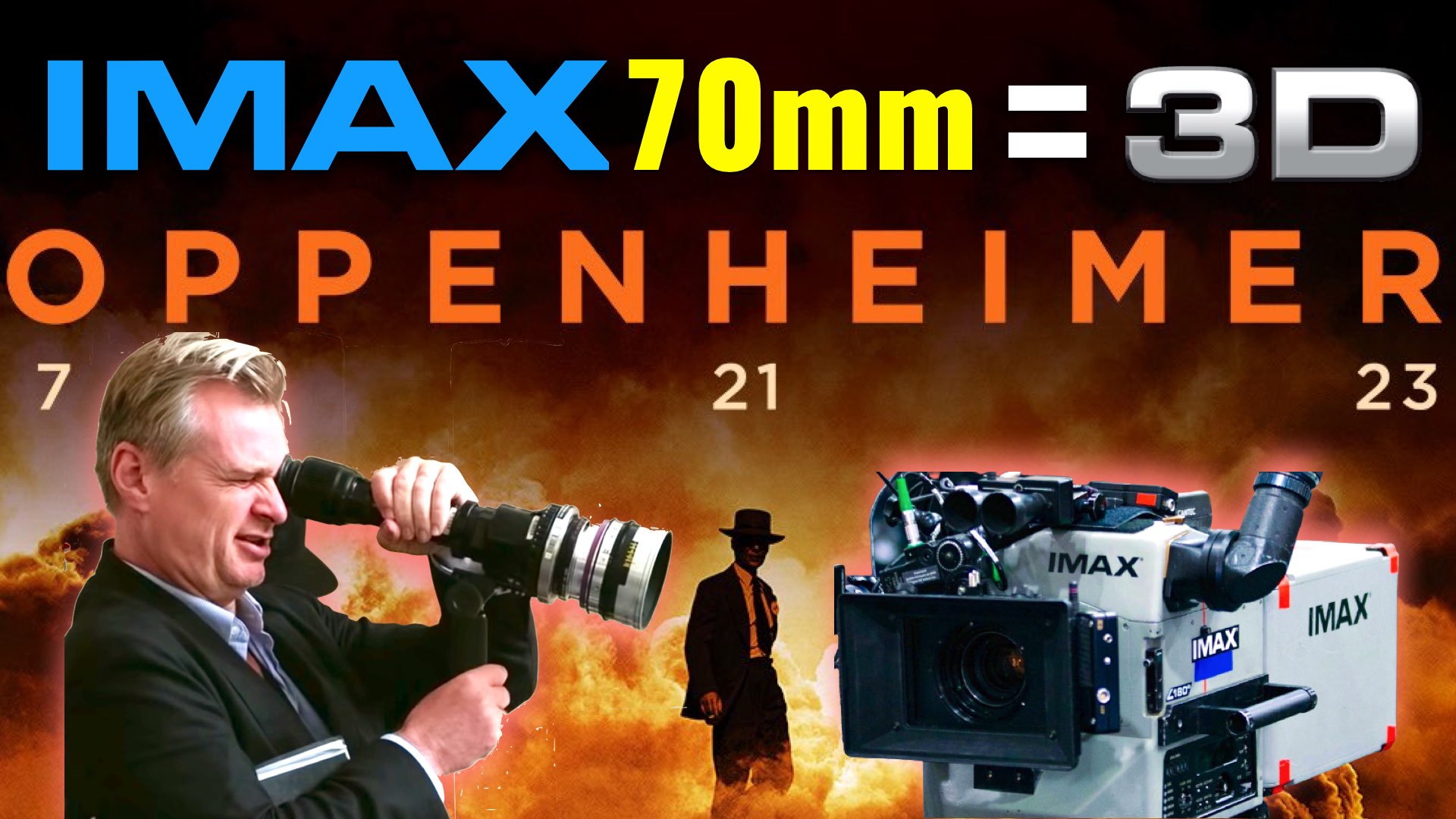
I first saw an IMAX film at the Museum of Science Industry in Chicago at an IMAX theater on a dome screen. I saw documentaries in that format. It really excited me about the idea of applying that technology to narrative fiction motion picture features.
Christopher Nolan
IMAX cameras were meant for museums
In a very intriguing interview held by IMAX regarding the upcoming Oppenheimer film, director Christopher Nolan sheds light on IMAX filmmaking. According to Nolan, IMAX film cameras were not designed for pure filmmaking, but for museums, dome screening, and special projects. However, thanks to him, those beasts are being used as high-end motion picture cameras. Here’s what Nolan said: “I first saw IMAX film at the Museum of Science Industry in Chicago at an IMAX theater on a dome screen. I saw documentaries in that format. It really excited me about the idea of applying that technology to narrative fiction motion picture features. That has never been done. So as I grew in the film business it was still never being done and stayed in these institutions. But the process of blowing up 35mm film to IMAX, came along in the nineties. Hence, more and more IMAX projects went outside museums. And so the possibility was there. I went to IMAX and asked if I can use your cameras in order to shoot a major motion picture film on IMAX cameras. We did a few tests, and we shot a few VFX on IMAX cameras to see if it goes right. The Dark Knight was the first film we unleashed the power of IMAX cameras, and we haven’t looked back ever since”.
I went to IMAX and asked if I can use your cameras in order to shoot a major motion picture film on IMAX cameras.
Christopher Nolan
Two main technologies: IMAX Dome, and DMR
Before using IMAX film cameras for feature films as we know them, these cameras have been utilized for dome screening and DMR processing. Here’re basic details of the methods quoted from The 15/70 Filmmaker’s Manual:
- IMAX Dome – Dome screen 2D projection technology. The domed screens are up to 99 feet (30 meters) in diameter. If traditional IMAX giant screen technology lets the audience put their face against a picture window, IMAX Dome pushes their head through the window. The 30mm lens is an essential tool in making films for the dome.
- IMAX DMR – IMAX Corporation has developed a total system to re-master 35mm live-action films into 15/70 film format for exhibition in IMAX theatres. Known as IMAX DMR, this proprietary, patent-pending technology digitally enhances the image quality of 35mm motion pictures for projection onto screens up to eight stories high and up to 120 feet wide. The resulting images are every bit as big, sharp and beautiful as those of the classic, visually stunning films originally produced in the 15/70 format.
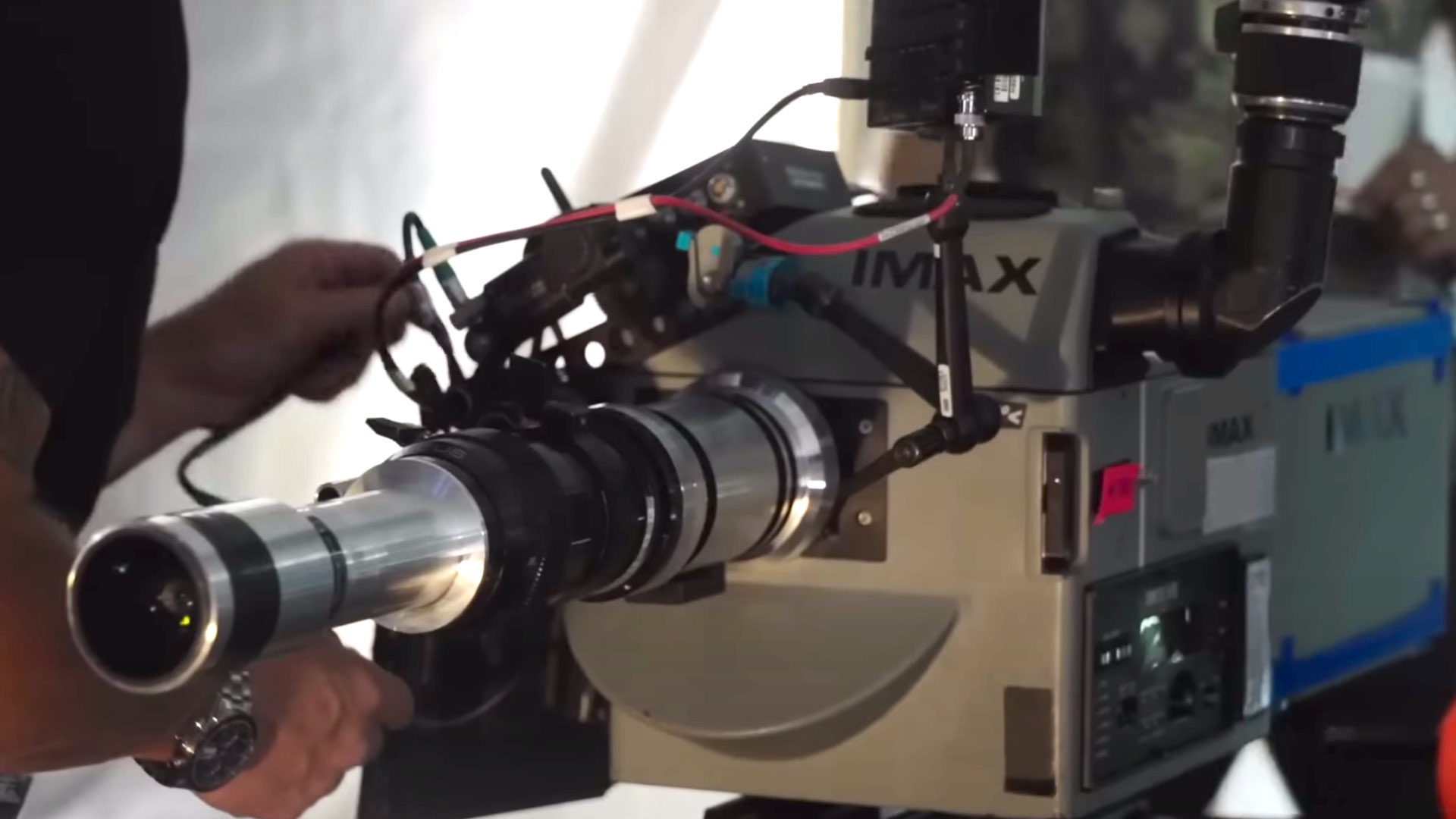
The Dark Knight was the first film we unleashed the power of IMAX cameras, and we haven’t looked back ever since.
Christopher Nolan
More IMAX technologies were evolved later on
However, since then, a few more IMAX technologies and 2nd generation cameras have emerged. Here’re a few:
- IMAX 2D– The original flat-screen 2D projection technology. Films are projected on screens up to eight stories high.
- IMAX 3D – 3D projection technology using a flat screen. Polarized glasses or Electronic Liquid Crystal Shutter glasses (E3D glasses) are worn. A two-film strip system using two lenses (left eye/right eye) to capture and project stereoscopic (3D) images.
- IMAX HD – 48 fps technology. Films are shot and projected at 48 fps, reducing flicker, strobing and motion blur, and further heightening the overall quality with significantly increased picture clarity, contrast, and definition. IMAX HD projectors are adaptable to run at 24 fps or 48 fps, allowing customers access to the full 15/70 film library.
- IMAX SR Theatre Systems – provides the client with a full-featured IMAX Experience capable of 2D and polarized 3D presentations. This system is designed for clients who want a full-featured 2D or 3D theatre with the advantages of minimum capital investment and reduced operating costs associated with an air-cooled projection system.
- IMAX MPX Theatre System – a 15/70 large format theatre system designed specifically for multiplex theatres.
- IMAX Digital Theatre Audio Control (“DTAC”) – IMAX’s DTAC represents a major breakthrough in integrated systems. By combining the latest in compression-free DVD-based audio playback with a sophisticated show control system, DTAC goes a long way to ensuring a consistent experience for the audience. Specifically designed for the IMAX theatre environment, DTAC provides high-quality digital audio for all in-theatre sound requirements; from announcements to the feature, ensuring that your 1000th performance will sound as great as your first. The DVD soundtrack contains more than just audio programming, it also includes vital data embedded in the disc that resets the sound system correctly each time a specific film is played.
- IMAX Digital Disc Playback (“DDP”) – IMAX’s DDP system is a digital sound source, using compact- disc technology, specifically designed for IMAX/IMAX Dome theatres. It uses up to eight tracks of pure digital sound and Imax’s patented Samplelock technology, which allows all the channels to play back in sample-accurate phase synchronization. Applications of DDP include; DDP-6 (6-channel digital disc) for Feature Playback only, DDP-8 (same as DDP-6 with a 4th CD Audio disc added for alternate language), and DDP-II (1 DVD ROM Disc, plays both Features and Trailers).
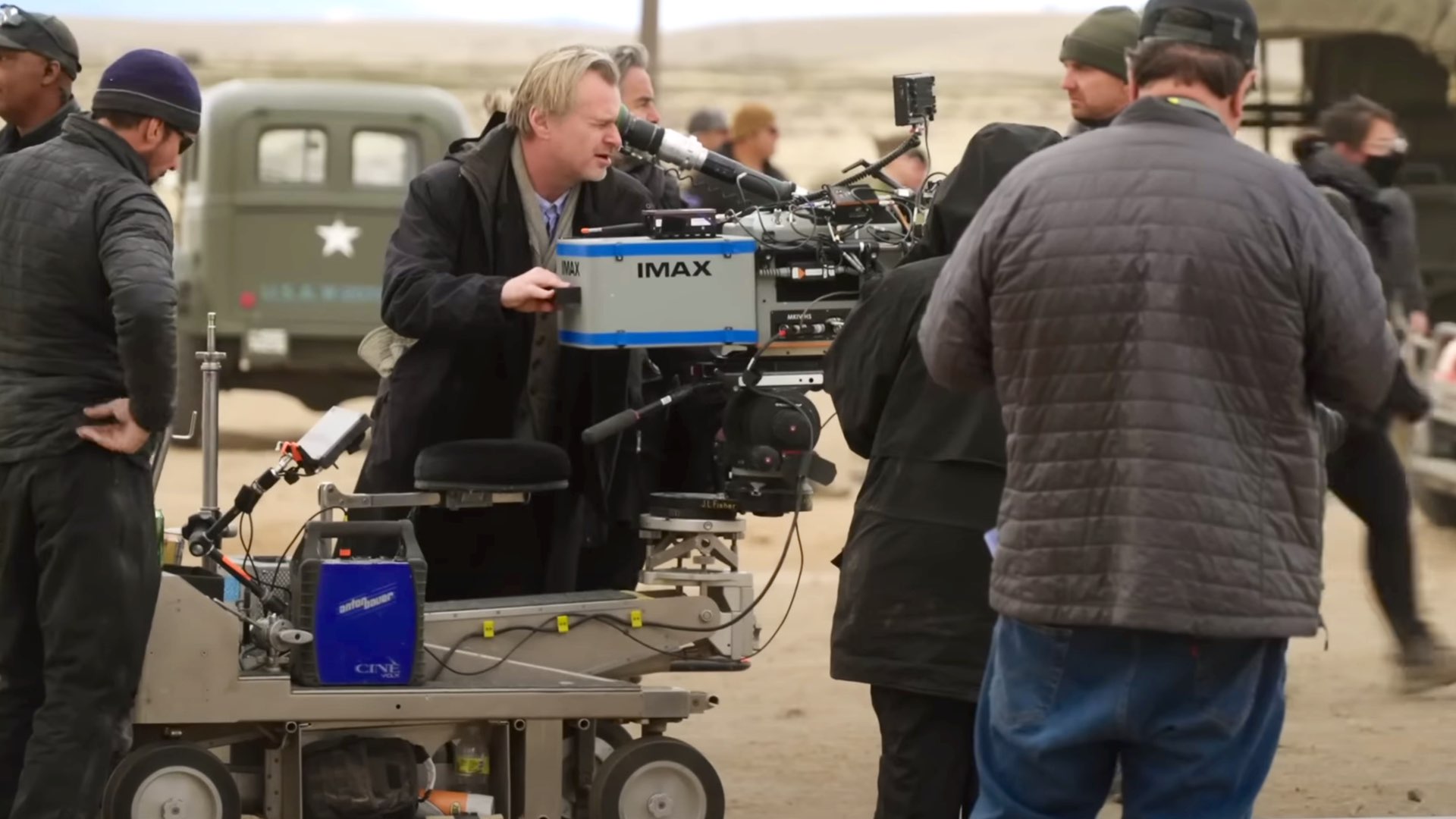
Nowadays IMAX encourages using cameras for motion picture
- As for today, IMAX encourages filmmakers to shoot their motion picture feature films using IMAX cameras, and not just IMAX film cameras, but also IMAX digital cameras (cameras that were certified by IMAX – Filmed for IMAX program). However, for filmmakers who want to use real IMAX cameras, there’re some rules of thumb they should know in regard to 15/70 film frames.
- It’s unforgiving. Just as 15/70 technology magnifies the power of a good shot, it exaggerates flaws. You can’t cheat on backgrounds, costumes, or make mistakes as you can in other formats. Something even a little bit out of focus looks really terrible.
- It’s expensive. (Not since you were at film school will the cost of stock have had such an impact on your budget.) You will shoot fewer takes.
- Everything is bigger and heavier, which imposes logistical burdens on the crew. A 2D IMAX camera weighs from 45-95 pounds, 275 pounds if you use a blimp. That means if wildlife shows up, you can’t grab a camera and follow it as you can with video or 16mm. The 3D IMAX camera is the size of a hotel mini-bar refrigerator and weighs 230 pounds.
- It has a different pace, both production and editing. Don’t expect to get as many takes and set-ups in a day as you’re used to. Shots are usually held longer to allow audiences to absorb the information on the screen, and every shot needs to be spectacular.
- It’s time-consuming. Most things take more set-up or execution time than 35mm or video because everything has to be perfect. The equipment is more cumbersome, the soundtracks are much more complex and the lenses require more light.
- If you’re shooting IMAX 3D, many of the complexities increase cost, time to reload the camera, staffing requirements, lighting equipment, overall set-up time, etc. Most important is the amount of care taken to compose each shot. Extra time is required to ensure that lens convergence is properly set to avoid eye strain.
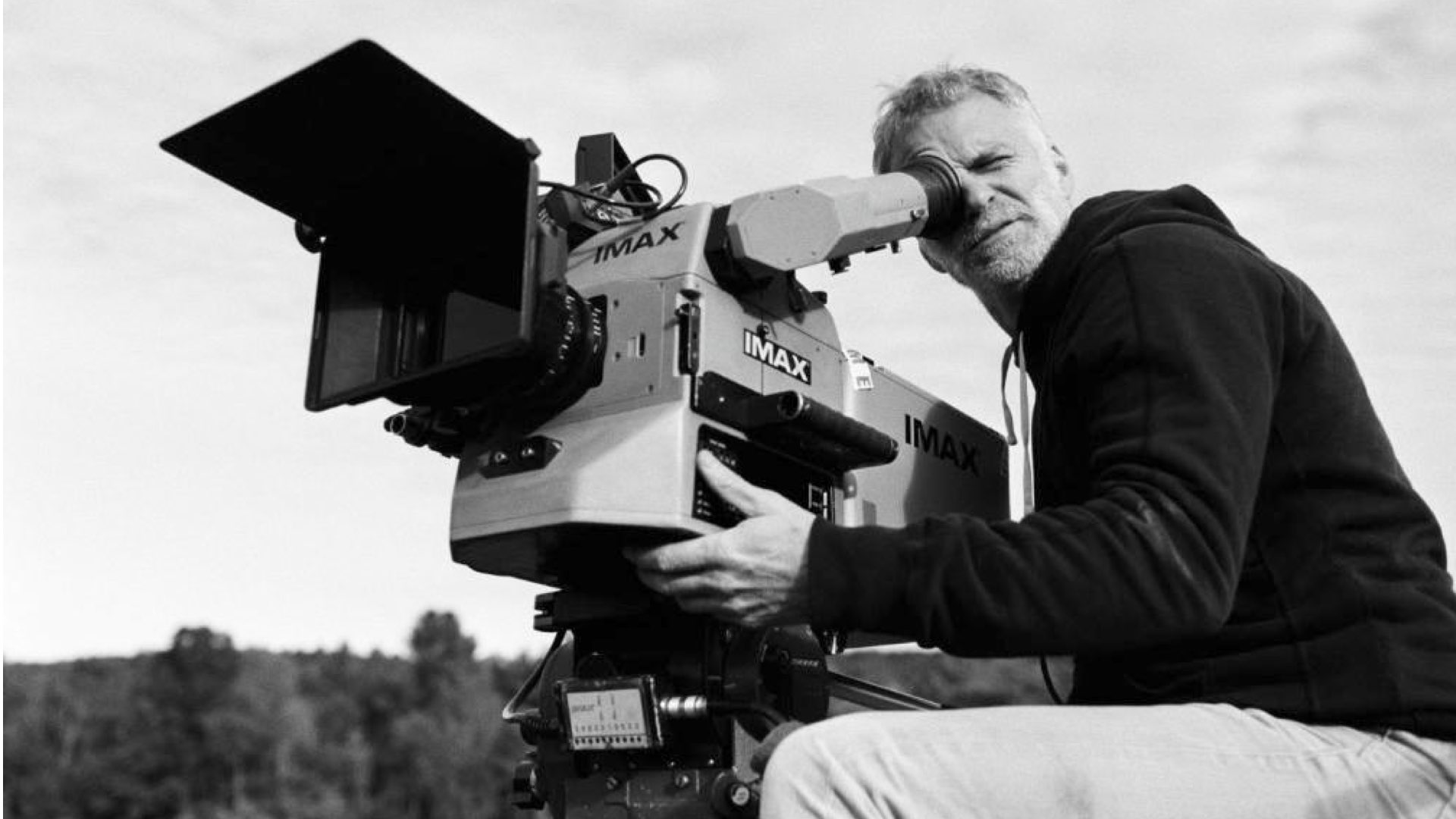
Wrapping up
As explained, Nolan claims that he invented IMAX filmmaking, and the Dark Knight was the first film which used IMAX film camera as the main camera. Till then IMAX film cameras were applied in documentary projects screened on domes, and it seems nobody was brave enough to try these heavy and noisy beasts to shoot feature. One thing for sure, Nolan serves as the best marketing guy for IMAX. And we’re saying that as a good thing. Nolan helps to bring IMAX filmmaking to the mainstream, by pushing this methodology further. Let’s see how it’s been delivered in Oppenheimer.

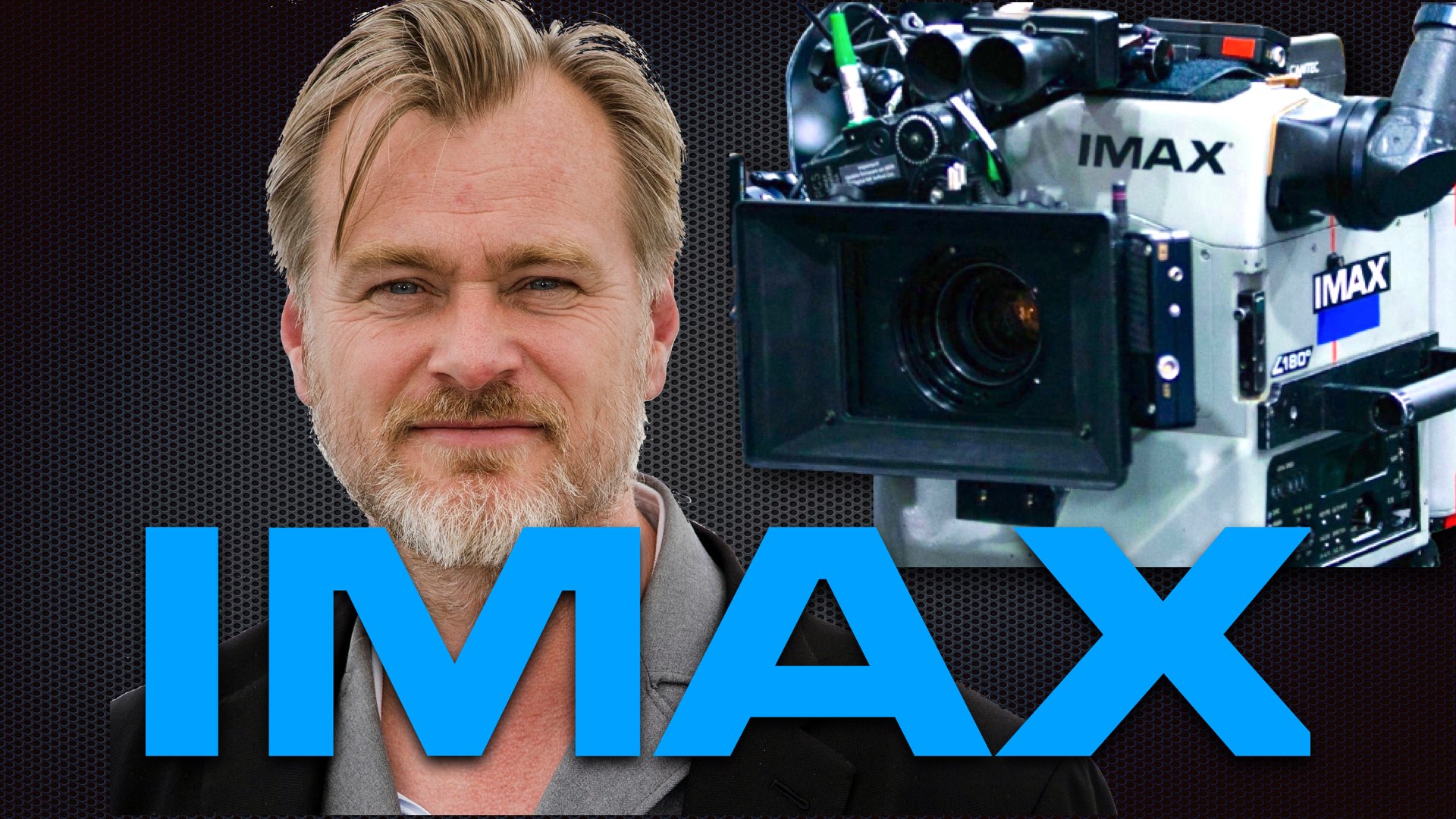
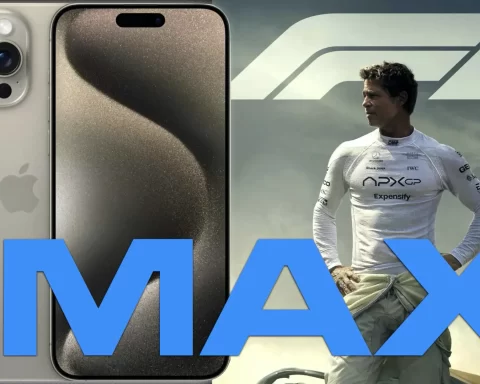

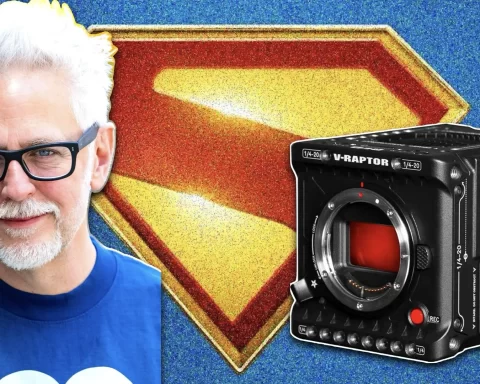
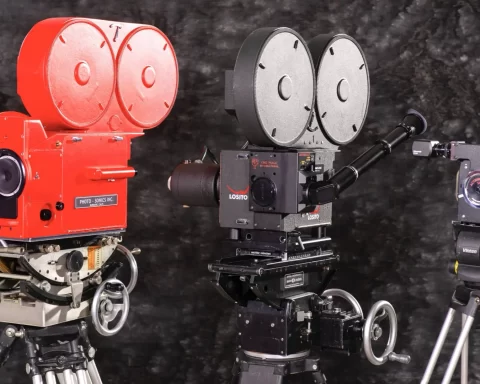
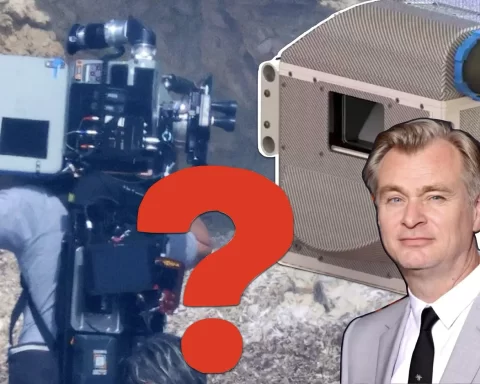
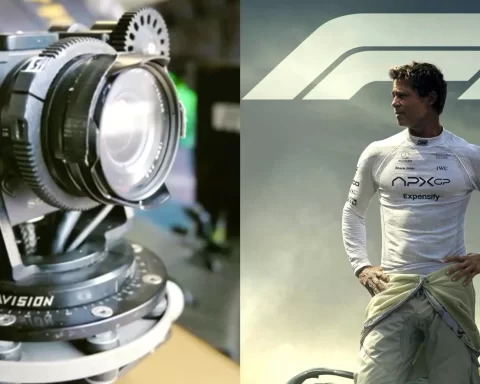

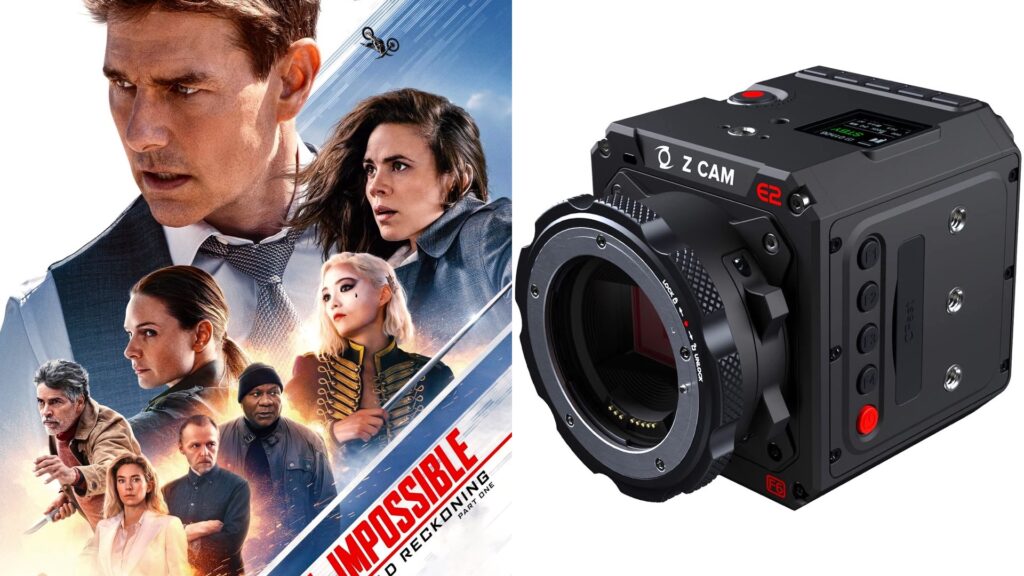
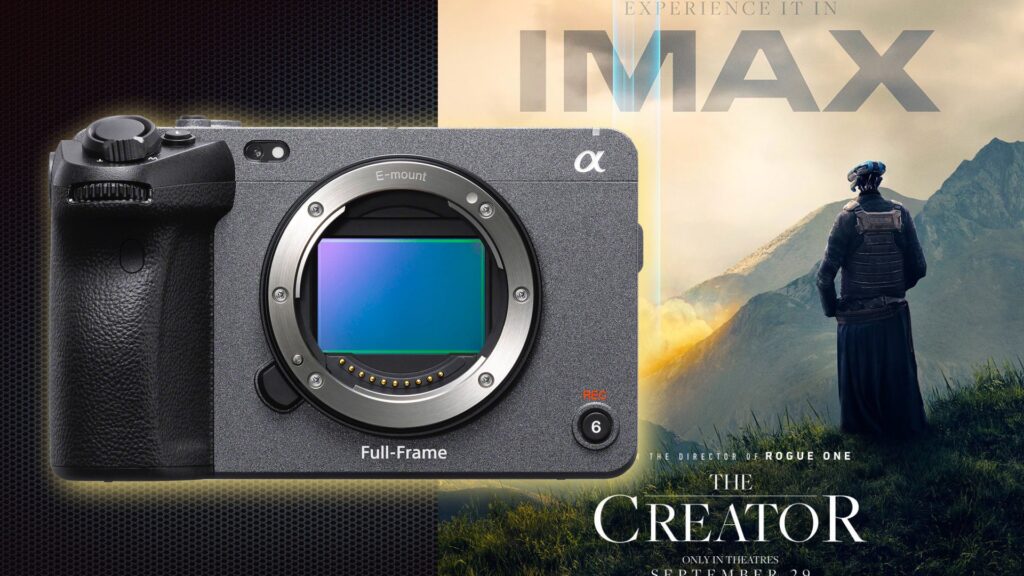
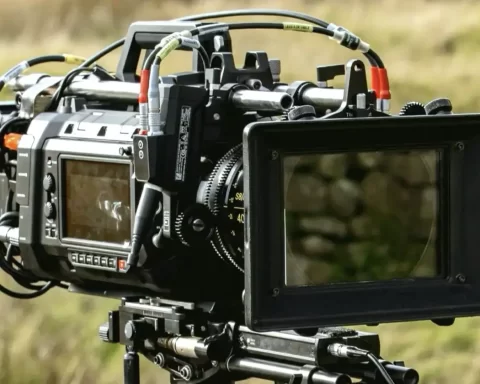
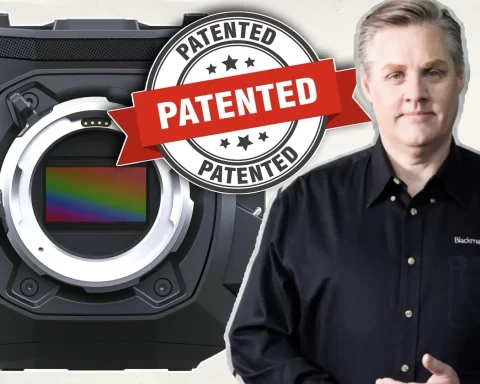
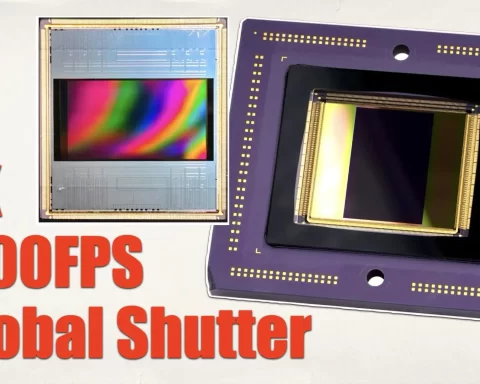

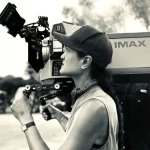
How was the IMAX camera made quiet enough to use close-up in “Oppenheimer?”